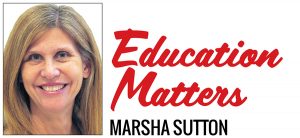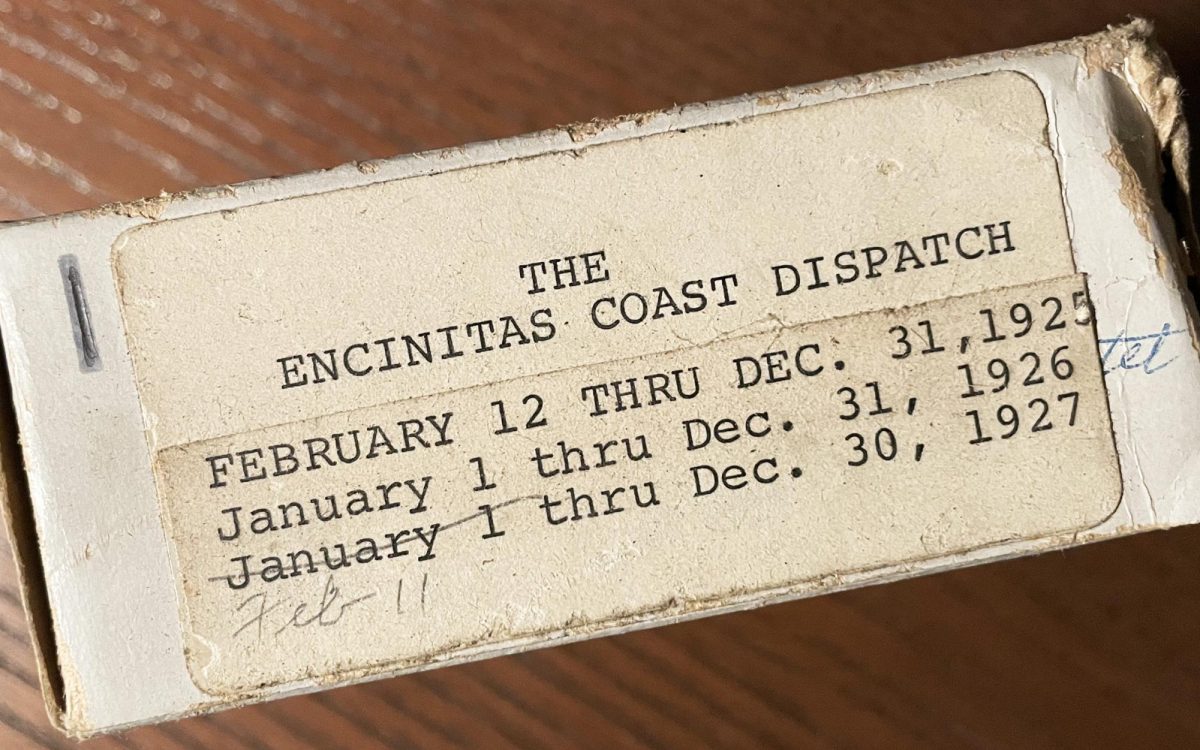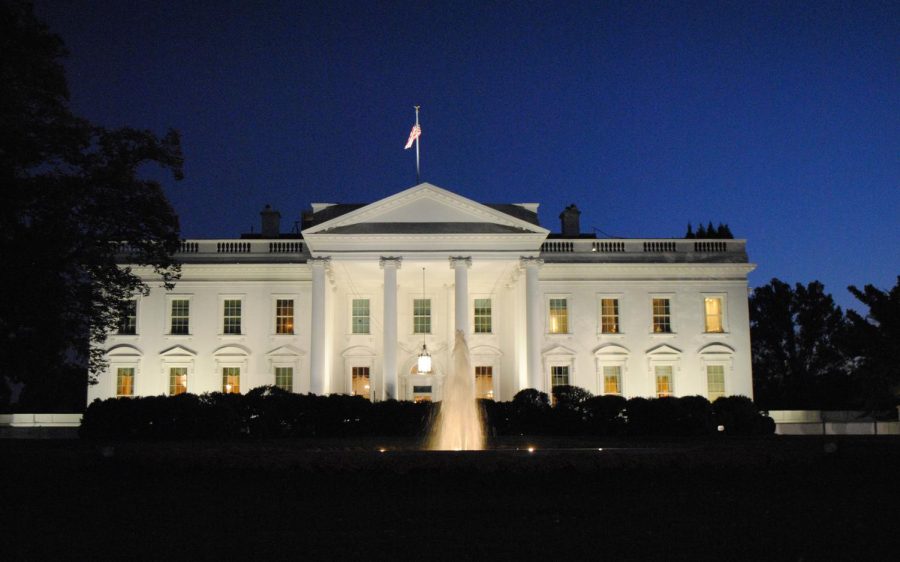The right of constituents to address their elected officials at public school board meetings was once a typically uniform procedure. But varied interpretations of the Ralph M. Brown Act are pushing boundaries and restricting public comment, some in quite creative ways.
The public has generally been given opportunities to address the board at any regular school board meeting for items not on the agenda, for items on the action/information agenda, for items on the consent calendar and for closed session items.
The items on a school board’s consent calendar are mostly routine business and are typically approved all together in one vote of the board.
 But any member of the public can still address the board on any particular consent item — just as the public has generally been permitted to address any item on the action/information agenda as it comes before the board.
But any member of the public can still address the board on any particular consent item — just as the public has generally been permitted to address any item on the action/information agenda as it comes before the board.
Historically, speakers have been allotted three minutes to speak on any item.
But the school districts of Oceanside Unified, Carlsbad Unified and San Dieguito Union High have recently taken different approaches that erode the public’s right to be heard.
The winner of the most egregious restrictions on public comment goes to Oceanside Unified.
My three emails to OUSD Superintendent Julie Vitale, asking how the normal procedure has changed, were sent to OUSD’s Director of Communications Donald Bendz, who at last offered a response.
Bendz said in an email that the OUSD board “moved public comment on agenda items to the front of the meeting. Each member of the public will be given no more than three minutes to comment on any item on the entire agenda.”
In other words, constituents can no longer speak on an individual agenda item as it comes before the board. All public comments for action, consent or closed session items must be made at the start of the meeting. Speakers now get three minutes total to say all they have to say on everything on the agenda.
“The public can comment on agenda items at the top of the meeting all at once, not as they come up in the meeting,” Bendz said.
“Prior to this vote, people would have to wait until an item was called during the meeting to speak,” he said, attempting to justify the change in protocol. “The board made this change to give the public less wait time to speak on agenda items.”
Despite claiming that this change benefits the public because it eliminates wait time, it feels like a lame excuse for limiting public comment.
Bendz added that public comments on non-agenda items are heard at the end of the meeting, which indicates that the board really is not at all concerned with having speakers wait.
Todd Maddison, Oceanside resident and frequent attendee at OUSD board meetings, said no one has asked that public comments be moved to the start of the meeting.
“There have been no requests to move on-agenda comment to the beginning of meetings, much less to limit comment to three minutes total for all items,” Maddison said in an email. “I know this because I’ve gone to virtually every board meeting.”
A bit bewildered by this new policy, I asked Bendz the following:
Speakers are limited to a total of three minutes for the entire agenda — all items on it?
And comment happens at the beginning of the meetings — before they’ve seen the presentations on those agenda items?
“Yes, you have all points correct,” Bendz replied.
Carlsbad
Although not as restrictive as Oceanside, Carlsbad Unified School District has its own set of perplexing rules regarding public comment, which is limited to 20 minutes total per item.
I asked CUSD Superintendent Ben Churchill about the practice. He referred me to the board’s policy 9323, which explains that the board divides the 20 minutes by the number of speakers.
If there are seven or fewer speakers on any one item, they are allotted their full three minutes.
If there are eight to 10 speakers, CUSD board policy states that “each speaker will be limited to two minutes. If there are eleven or more speakers, each speaker will be limited to one minute.”
If there are more than 20 speakers on any one item, the board has the discretion to extend public comment time. If the board does not do this, then those who have not spoken “have the opportunity to address the board at a specific time later in the meeting.”
If the number of speakers is greater than 20, those who do speak are chosen on a first-come/first-served basis, with priority given to the following groups: Carlsbad Unified Council of PTAs, the Carlsbad Educational Foundation, the Carlsbad Unified Teachers Association, the Laborers’ International Union of North America, and current CUSD students.
This policy “will allow the board to conduct the board’s business during the meeting.”
Yes, this is a business meeting. However, the policy is highly restrictive and definitely constituent-unfriendly when people come to speak at a board meeting thinking they have three minutes, or even just two minutes and may be cut off at one minute.
Public speakers have a right to voice their viewpoints, and cutting them off mid-sentence is disrespectful and insults constituents who have taken the time to attend and prepare comments.
San Dieguito
Some changes on agendas and public comment procedures since San Dieguito Union High School District Superintendent Anne Staffieri was hired last July are — how shall we say? — interesting.
Agendas now state that three public comment periods are open during regular board meetings: closed session, non-agenda items and agenda items. Comments are limited to two minutes per person and 20 minutes per public comment period, although the board president may increase or decrease the time allowed.
To untangle this, Staffieri clarified for me that the same person may speak only three times: once for one or more closed session items, once for one or more items on the agenda, and once for non-agenda items. People may no longer address the board prior to discussion of each item.
In an unusual rearrangement of the agenda, San Dieguito’s agenda eliminates the consent calendar as its own category, placing each consent item within the subject matter it pertains to. Each consent item is marked with an asterisk.
Staffieri said this is not uncommon, although I’ve covered school districts locally for nearly 25 years and have never seen this. She said it’s “a way to organize the agenda.”
It’s a way — but it’s not a good way.
Despite having consent items confusingly scattered all over the agenda, the board continues to vote on all consent items, those marked with an asterisk, in one block vote.
Before, the public could address the board in one of four ways: non-agenda, consent, action/information and closed session. By combining consent with action, speakers now have only three ways to speak before the board.
Furthermore, the custom in the past to allow speakers to address each item that’s listed separately under the main categories has now been eliminated. Staffieri said the same speaker can speak only once in each of the three categories.
So if a member of the public wants to address more than one item in the action category, for example, they have one chance to combine all their viewpoints on what could be a variety of subjects.
So in two minutes, good luck saying all that’s on your mind if you want to address more than one item.
“The law is clear that we are not required to allow everyone who wants to speak to do so,” SDUHSD Trustee Michael Allman said in an email. “We are required to allow for comments, and be reasonable in duration, and be non-discriminatory in who gets to speak. Other than that, we can control how much time we devote to comments and the length of time per speaker.”
Board meetings are primarily for the board to conduct its business, Staffieri said, explaining the changes.
Bending the rules
According to the California School Boards Association, “For any item on the agenda, the public must have the opportunity to address the board prior to or during the board’s consideration of the item. At a regular meeting, the public is also permitted to comment on matters not on the agenda.”
(For special board meetings, the public can only address items on the agenda and cannot speak on non-agenda matters.)
“Government Code section 54954.3 authorizes boards to set reasonable limits on the total amount of time allocated for public comment on a particular issue and for each individual speaker, and many boards set specific time allowances in their policies.”
And this was interesting, if slightly off-topic: “The board shall not prohibit public criticism of the district or its employees, no matter how harsh. As a California court wrote in finding a school board could not censor particular speech at its board meeting, the board’s policy could not impinge ‘upon the public’s First Amendment rights, which rights include the right to be passionate and even uninformed in the expression of one’s views.’”
The requirement to give members of the public their chance to address their elected officials is of paramount importance, but it can’t go on so long that the public agency cannot conduct its business efficiently.
Legislative bodies may adopt reasonable time limitations on public comment. I get that.
But what we’re seeing is an extreme deterioration of the public’s First Amendment rights, a gradual erosion of what used to be a protected right of constituents to address their elected officials in a public setting.
What goes with the territory of being an elected official on a school board is hearing from the public. It may be inconvenient, tedious or make some uncomfortable (few people come to school boards with praise), but hearing criticism is part of the job description.
How is it that when public agencies start pushing the boundaries of the law, bending the rules never seems to go in favor of the public’s rights? Let’s hope this is not a trend we start to see in other districts.
Marsha Sutton is a local education journalist and opinion columnist and can be reached at suttonmarsha[at]gmail.com.
Columns represent the views of the individual writer and do not necessarily reflect those of the North Coast Current’s ownership or management.
The North Coast Current welcomes letters to the editor and longer commentaries.







